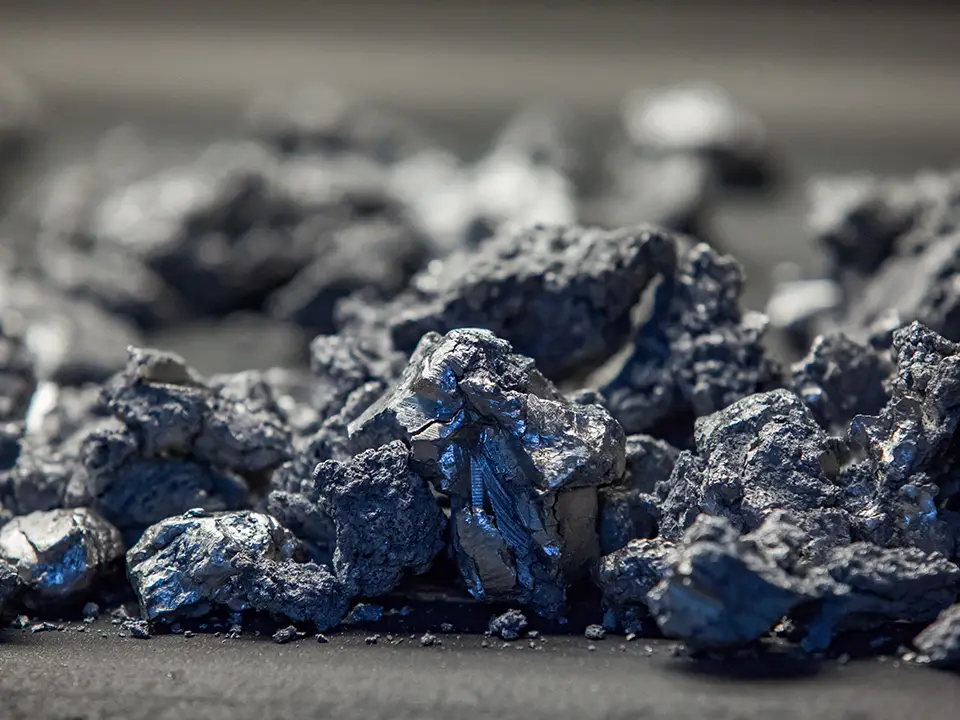10 Interesting Facts About Titanium

Ever played a game of ‘Guess the Element’? Here’s a clue: it’s in your toothbrush, your laptop, and even rockets zooming into space. Yes, it’s titanium! This metal is like the Clark Kent of the material world – unassuming in daily life but a superhero in its capabilities. Join ADHP as we explore what titanium is, the uses of titanium, and facts about science and innovation. 10 Facts About Titanium Titanium’s Tale – From Obscurity to Ubiquity In the year 1791, nestled within the black sands of Cornwall, England, a clergyman and amateur geologist named William Gregor stumbled upon a metal ore unknown to science. This discovery, initially named menachanite, laid the foundation for what we now know as titanium. It wasn’t until 1795, under the gaze of German chemist Martin Heinrich Klaproth, that this element was christened ‘titanium’, in honor of the Titans of Greek mythology. The journey of titanium from Gregor’s initial discovery through various scientific advancements to its widespread use in the 20th century is a captivating narrative of scientific curiosity and industrial innovation. Initially perceived as a curiosity, titanium’s transformation into a highly sought-after metal reflects a journey paralleled by few other elements in the periodic table. The Unparalleled Properties of Titanium The real allure of titanium lies in its extraordinary properties. This metal boasts a strength comparable to steel yet weighs significantly less, a trait that has captured the attention of engineers and designers worldwide. But it’s not just the strength-to-weight ratio that makes titanium stand out; its exceptional resistance to corrosion gives it a lifespan that far surpasses that of many other metals. These properties open a world of possibilities where titanium can be utilized in environments that would quickly degrade lesser materials. The resilience and durability of titanium under extreme conditions have made it a material of choice in various industries, setting it apart as a true modern marvel. Everyone has a little bit of titanium inside of their bodies, and is found in our food as well. Titanium in Nature and the Human Body Enveloped in the earth’s crust and scattered across various parts of the world, titanium is not just an industrial wonder but a natural phenomenon. Beyond its geological presence, titanium plays a subtle yet vital role in the biological realm. It is estimated that the average human body contains about 20 milligrams of titanium, ingesting approximately 0.8 milligrams daily through various food sources. This trace presence, though seemingly insignificant, underscores titanium’s compatibility with life itself. In nature, titanium isn’t a lone ranger; it’s often found in minerals like ilmenite and rutile, painting a picture of a metal that is as much a part of the earth as it is of us. Titanium in Pop Culture and Media From the sleek exteriors of sci-fi spaceships to the durable gadgets of superheroes, titanium has carved a niche for itself in the realm of pop culture and media. This metal has become synonymous with strength, futurism, and cutting-edge technology, captivating audiences worldwide. Its portrayal in films, TV shows, and literature often reflects its real-world applications – indestructible, resilient, and ahead of its time. It even has its own song! Titanium’s allure in the media isn’t just about its physical properties; it’s about the ideas and possibilities it represents – a material that’s as boundless in potential as the imagination of the creators who celebrate it. Titanium in Architecture and Art Beyond its industrial and scientific applications, titanium’s influence extends into the realms of architecture and art, offering a fusion of strength and beauty. The gleaming façade of the Guggenheim Museum in Bilbao, Spain, is a testament to this, where titanium panels create a mesmerizing play of light and texture. In the hands of architects and artists, titanium becomes a medium of creative expression, enabling structures that are as aesthetically pleasing as they are functional. Its use in art installations and sculptures worldwide speaks volumes of its versatility, proving that titanium can be both a foundation of strength and a canvas for beauty. The entire outside of the Guggenheim Museum in Bilbao, Spain is composed of titanium panels. Titanium’s Role in the Aerospace Industry Soaring into the stratosphere, titanium proves to be an aerospace marvel. Its low density coupled with high strength makes it an ideal candidate for aircraft and spacecraft, where every gram matters. Titanium alloys are used in engines, airframes, and other critical components, providing the resilience needed to withstand extreme temperatures and pressures encountered in flight. This metal has not only enhanced the performance and safety of air travel but has also been instrumental in ambitious space missions, helping humanity reach for the stars. The trust placed in titanium in the aerospace industry is a testament to its reliability and the pivotal role it plays in advancing our exploration of the skies and beyond. Titanium in Medicine: A Lifesaver In the realm of medicine, titanium stands as a beacon of hope and innovation. Its biocompatibility – the ability to coexist harmoniously with the human body – makes it a preferred material for dental implants and prosthetics. From hip replacements to heart valves, titanium’s presence within the medical field has transformed countless lives. It’s not just about its physical properties; it’s about the new lease on life it provides to patients worldwide. The use of titanium in medical devices exemplifies the perfect harmony between human needs and material science, showcasing a synergy that continues to push the boundaries of medical possibilities. Titanium in Sports and Recreation The world of sports and recreation has been revolutionized by titanium, a metal that lends athletes and enthusiasts an unseen edge. In the realm of golf, titanium drivers have changed the game, allowing for longer and more accurate drives. Cyclists benefit from titanium’s strength and lightness, with frames that are both resilient and agile. Even in the world of high-performance racing, titanium components are prized for their ability to reduce weight while maintaining structural integrity. This metal isn’t just enhancing sports equipment; it’s elevating

